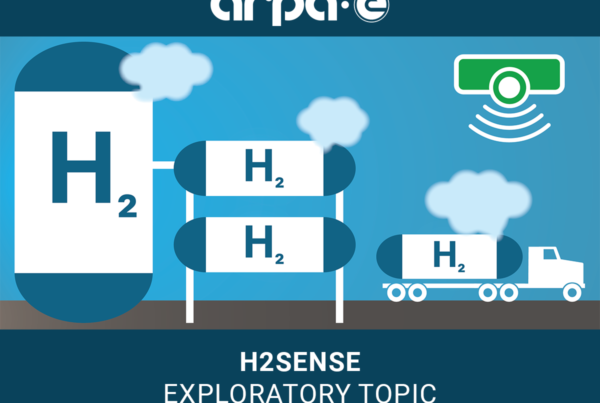
- Scientists are replacing precious metals with special polymers.
Linz (APA) – Linz researchers are working on the development of a new method for generating hydrogen that does not use expensive precious metals such as platinum as a catalyst. A polymer based on dopamine takes on the role of metal in the innovative process – a substance that actually functions as a messenger substance in the nervous system.
Philipp Stadler from the Institute for Physical Chemistry at the University of Linz has been working on approaches to replace rare, expensive and toxic metals in technical processes for some time – including the separation of hydrogen by means of electrolysis. Water is broken down into its two components, oxygen and hydrogen, using an electric current. The latter migrates to the cathode (negative pole), which is made of platinum, and the oxygen is deposited around the anode (positive pole), which consists of a ruthenium compound.
Economy, environmental compatibility and energy efficiency
The extent to which the use of hydrogen in industry can actually be rolled out on a broad basis is closely linked to questions of economic viability, environmental compatibility and energy efficiency in the production of this promising energy carrier. In contrast to other approaches in which less rare and expensive metals are used, the Linz team is taking the alternative track of completely doing without metallic materials, as Stadler explained in an interview with the APA. You orient yourself to processes from nature. For example, the scientists are thinking about building bio-transistors and ultimately biological microchips.
In the area of hydrogen production, the researchers are using so-called functional polymers. “The basis is a dopamine – actually a known neurotransmitter. We have found that you can make a special polymer out of it that can also conduct electricity,” says the researcher. In the special case of polydopamine, the substance is biodegradable and even has properties that are otherwise only inherent in the said precious metals. This knowledge – according to Stadler a mixture of “chemical intuition” and experience – led to the idea of using it in water electrolysis, which the group recently presented in the specialist magazine “Advanced Materials”.
Hydrogen “in the liter range”
So far, hydrogen can be produced “in the liter range” in the laboratory on the basis of this technology. This is to be scaled up towards an industrial scale in the near future. With the new approach, the researchers are also trying to expand the parameters under which conventional electrolysis is carried out, so that the process can also run at slightly higher temperatures. “We also want to break new ground,” said Stadler.
In any case, one would like to produce hydrogen on a larger scale in the future. At the same time, the team is working on ideas to use it on a very small, “pocket-size” scale, “to operate a cell phone, for example”. This is conceivable because the materials required are non-toxic, cheap, but also robust and efficient. One is also thinking about possibilities for the reversible storage of hydrogen, says the scientist, who is promoting the approaches with colleagues from Japan, among others, as part of the “SusCat – Sustainable Catalysis” project.
So far the team has registered two patents in this regard. Now one is looking for partners from the industry.
The publication in “Advanced Materials”: https://onlinelibrary.wiley.com/doi/full/10.1002/adma.201902177
Read the most up to date Fuel Cell and Hydrogen Industry news at FuelCellsWorks




